Why we’re ready to say goodbye to Indiana Jones
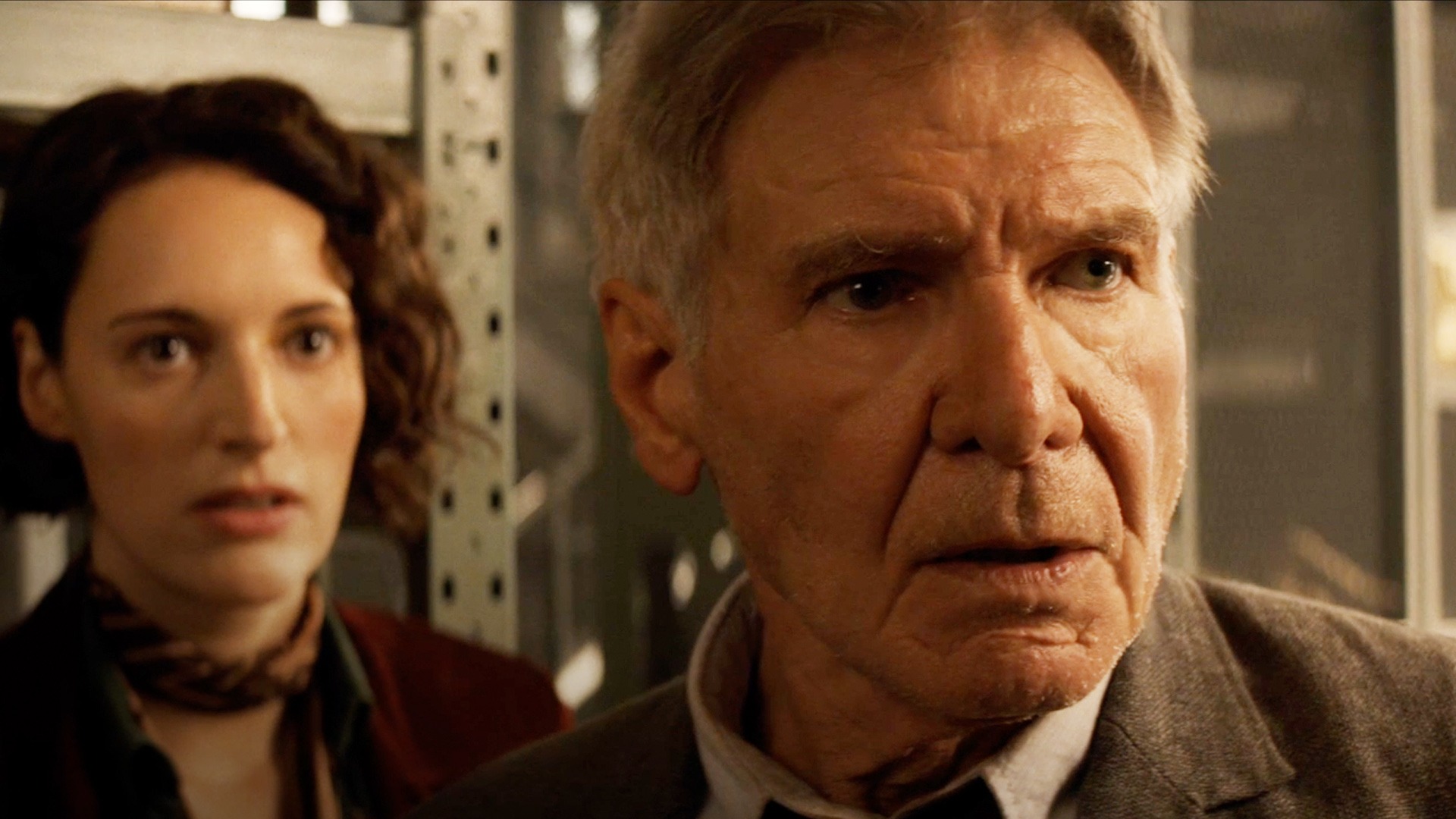
As Harrison Ford prepares to hang up his famous hat in Indiana Jones and the Dial of Destiny, Dominic Corry finds himself ready to say goodbye to Indiana Jones.
Indiana Jones and the Dial of Destiny
When it comes to legacy sequels, it’s hard not to feel like that knight from the end of Indiana Jones and the Last Crusade. I sit there, withered and bored, then whenever anyone comes along to drink from a chalice (i.e. revisit some sort of legendary cinematic IP), they inevitably make the wrong choice (i.e. mess it up). Then I nod solemnly, and wait for the next one.
Encouragingly for this metaphor, the one person who “chose wisely” in this scenario is one Henry “Indiana” Jones, Jr. So we have reason to be hopeful that the upcoming Indiana Jones and the Dial of Destiny might actually succeed where other legacy sequels fail, and actually do right by the character.
There is a particular onus on this film, as its predecessor, 2008’s Indiana Jones and the Kingdom of the Crystal Skull, helped usher in the legacy sequel era and stands as one of the most god-awful examples of the form.
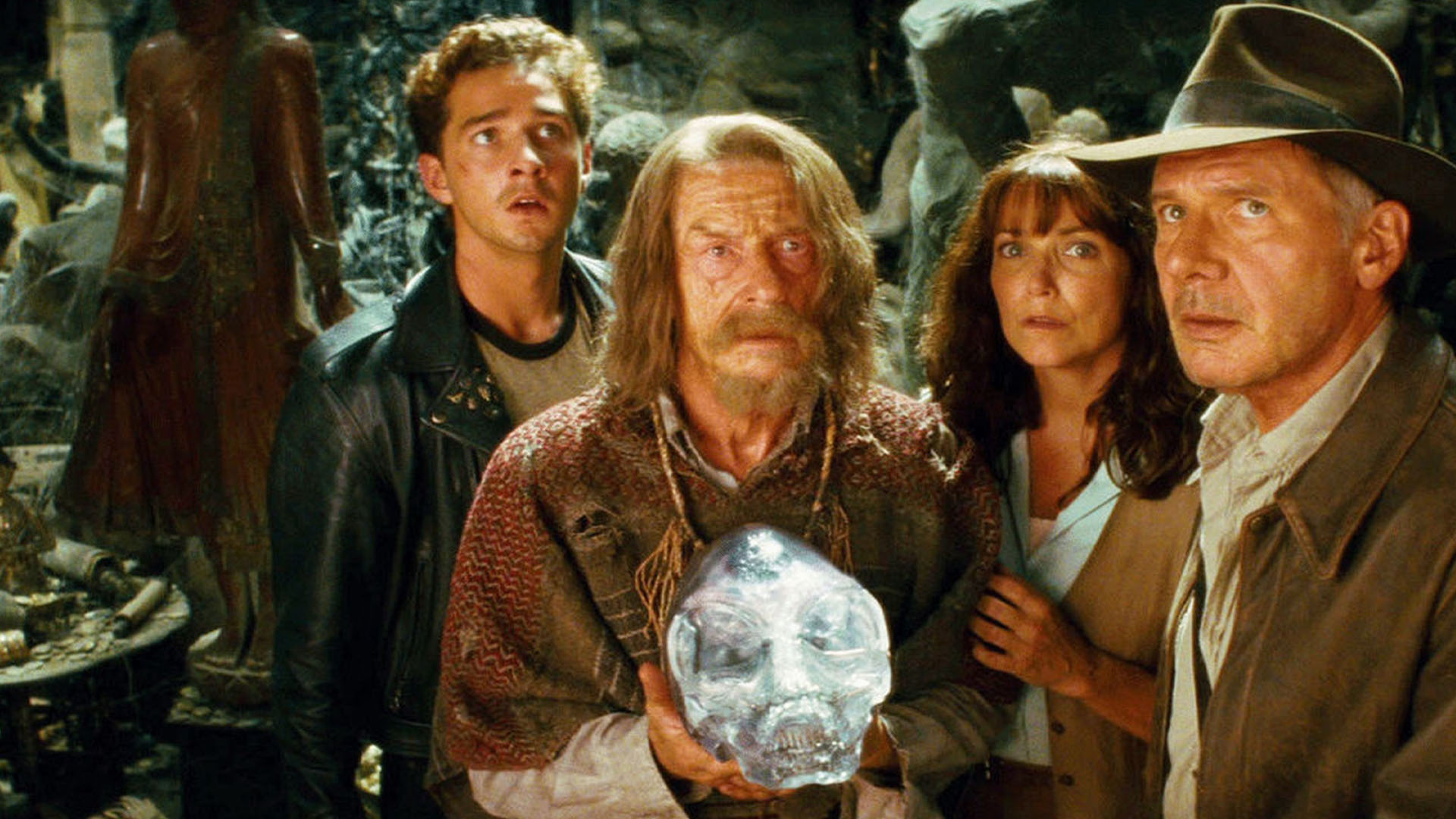
There are many, many things wrong with that movie, and I’m not going to spend this article listing them. But please indulge my two main gripes: The first being that everyone (well, George Lucas, I presume) was so desperate to upend long-time speculation that the plot might involve aliens and flying saucers, that they/he bent over backwards to reclassify the otherworldy creatures as “interdimensional” beings. Which is a pointless distinction, and one which dragged the franchise too far into science fiction for my liking.
Flying saucers is okay, and ties back to the serials that inspired the series, but interdimensional beings from “the space between spaces” is just silly. Even if we saw it coming a mile off, a ’50s-set flying saucer movie would’ve been great.
The second major issue I have with the film is the title. There was no “kingdom” in this movie. Indiana Jones and the Crystal Skull is a perfectly fine title.

Okay, I’ll allow myself a third thing I hate: introducing Mutt Williams (Shia LaBeouf) styled like Marlon Brando in The Wild One. Not sure what anyone was thinking there.
Anyway, I’m glad Dial of Destiny exists just for the opportunity to send this character off with some dignity and help squash memories of Crystal Skull. It’s extremely alarming that Spielberg isn’t directing, but I’m trying to not let that hinder my anticipation.
My personal theory for why he isn’t directing this movie: his long-stated, post-Schindler’s List aversion to using Nazis as villains in a non-serious movie.
I have no strong feelings about replacement director James Mangold either way, and I have resolved to not let myself be prejudiced by how in 2019’s Ford v. Ferrari, he diminished the role of the New Zealanders present in the climatic race. Incidentally, two screenwriters of that film, British brothers Jez & John Henry Butterworth, have credits on Dial of Destiny.
Despite all my issues with Crystal Skull, Indiana Jones remains a relatively unsullied piece of intellectual property.
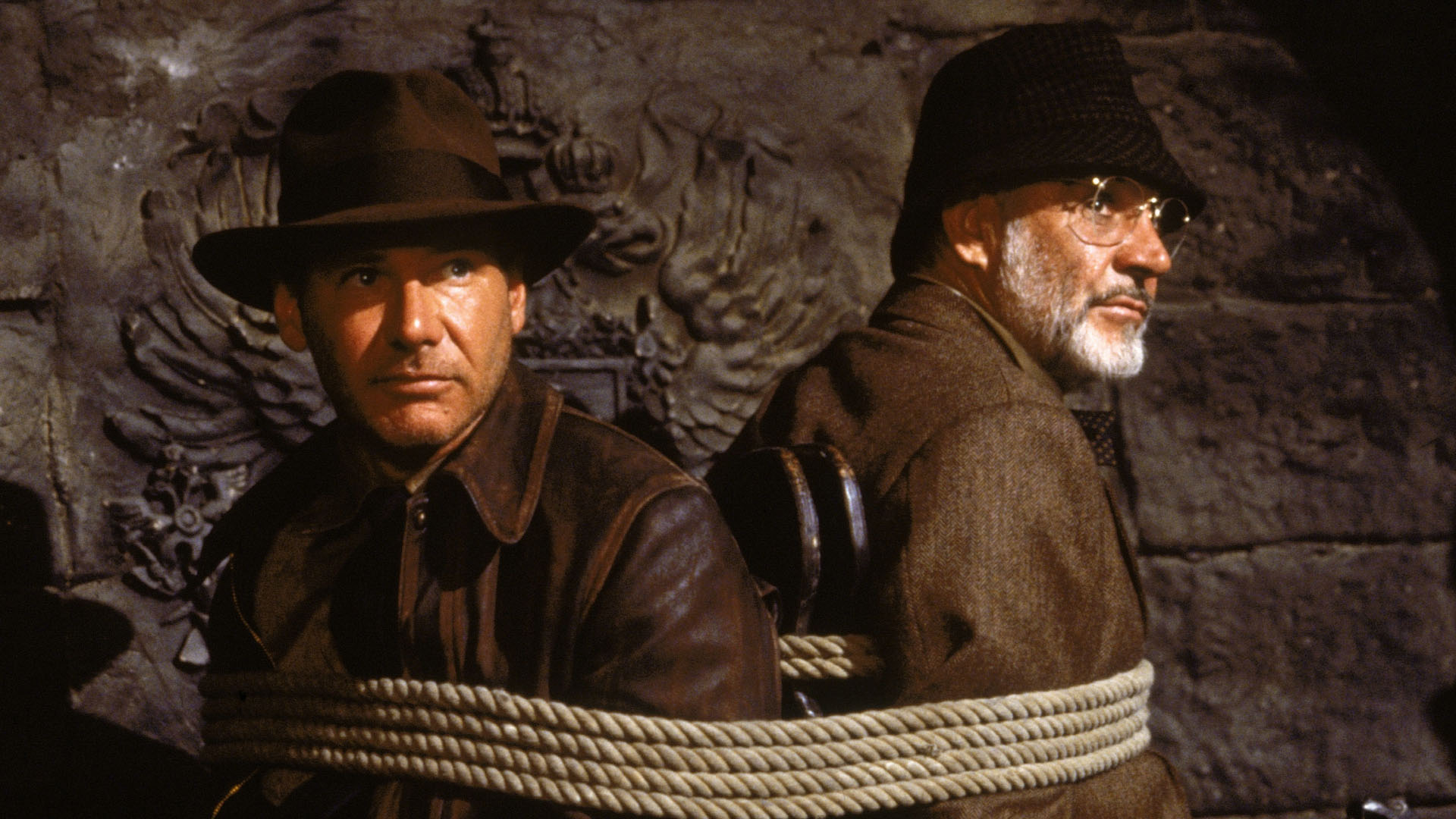
After Last Crusade was released in 1989, those of us who were there lived through a decade of no new cinematic entries for either Star Wars or Indiana Jones. At the time, it felt like we were starved for more of what we wanted, and the prospect of seeing new films from either franchise on the big screen ever again seemed remote.
Looking back, I really wish they had cranked out another couple of Indiana Jones films in the ’90s, before the CGI revolution fully took hold.
There was no shortage of cool ideas floating around, from various discarded concepts for part three, to the Lucasarts videogames of the era, especially Indiana Jones and the Fate of Atlantis, which tantalised Indy-starved fans with film-evoking cover art.
And there, of course, was some more live-action Indiana Jones content around this time, but it was on the small screen, back when there was a much wider divide between film and television.
The Young Indiana Jones Chronicles (28 episodes and four telemovies from 1992-94) leaned into the history aspects of the character, Zelig/Forrest Gump-ing him around major moments of the early 20th Century primarily at two different ages—as a child played by Corey Carrier, and as a young man played by Sean Patrick Flannery (later to achieve mild notoriety as one of the Boondock Saints). Harrison Ford cameoed and George Lucas got to conduct some early experimentation with digital set creation.
Despite all these off-shoots, and despite my wish that Harrison, George and Steven had made a couple more in the ’90s, there’s something nice about the relatively sparse amount of Indy content that exists, relative to audience appetite and its iconic stature.
Overexploitation of Star Wars has certainly taken the sheen off that property.
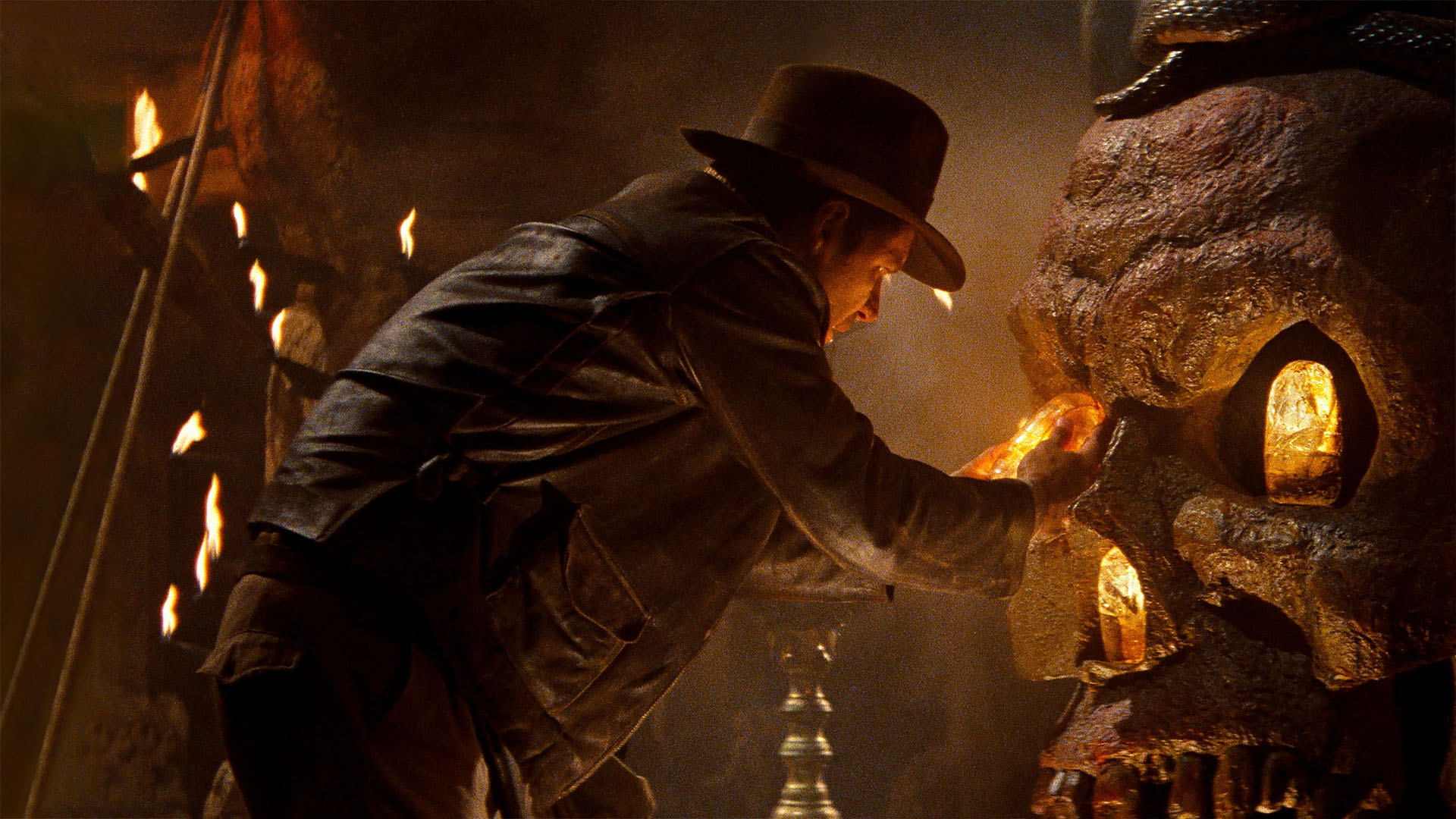
I recently re-watched Indiana Jones and the Temple of Doom with my ten-year-old niece and we had a ball. Although Spielberg has expressed regrets about the film, which contains some poorly-aged elements, it remains my favourite of the original trilogy.
I’ll never forget my parents sitting my young self down prior to seeing it in the theatre to have a serious talk about how it might be too intense for me. It was pretty intense, but that’s what’s great about it. When was the last time a mass-market adventure blockbuster actually felt dangerous? That’s what I love about Temple of Doom.
There was talk a few years back of Chris Pratt perhaps taking over the character, but that insane notion appears to have been laid to rest. Harrison Ford has been upfront about this being his last time portraying Indy, and it’s pretty clear to everyone that if they want to keep it going, Ke Huy Quan is right there, ready and waiting to play a grown-up Short Round.
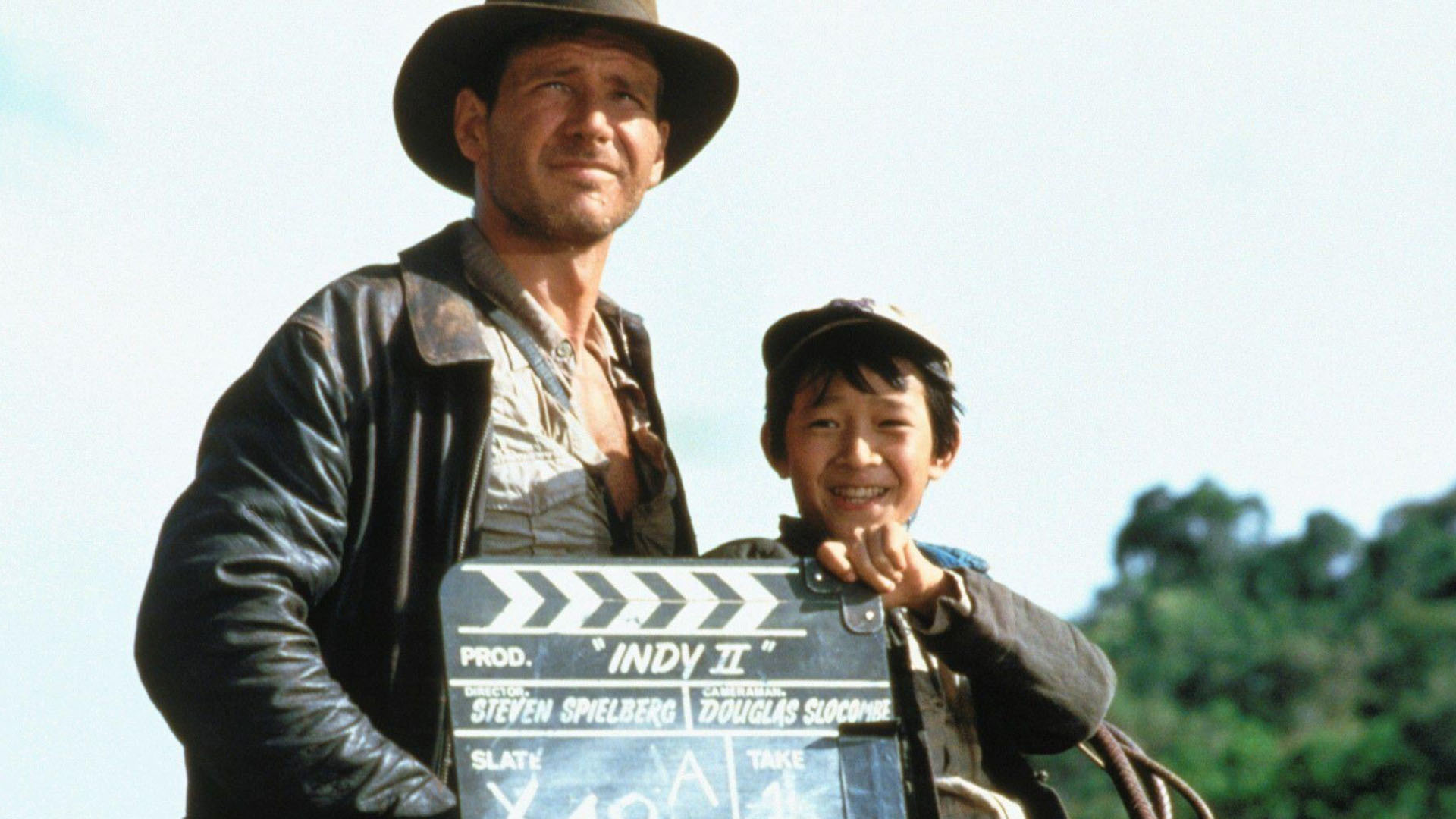
But if it ends with Dial of Destiny, that’s fine too, if not preferable. The legacy IP boom has always prioritised reliable commercial prospects over What’s Good for the Story. If they manage to let this one rest, I will be impressed. I’m ready to say goodbye.



















